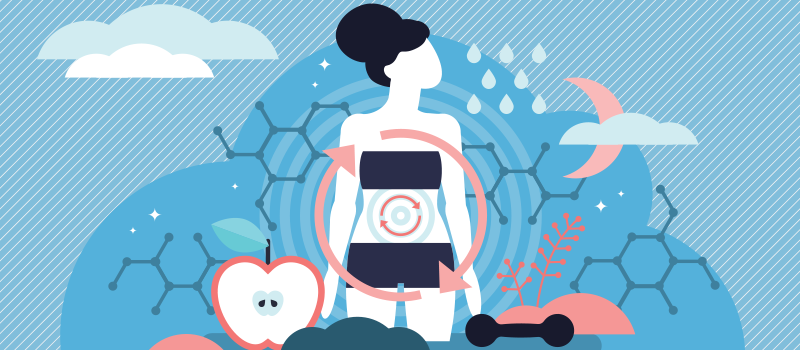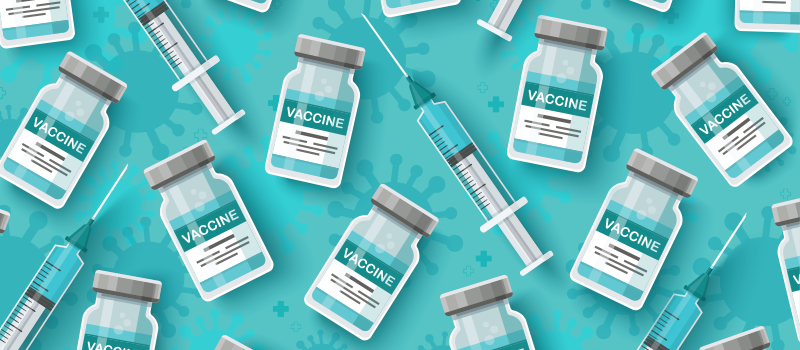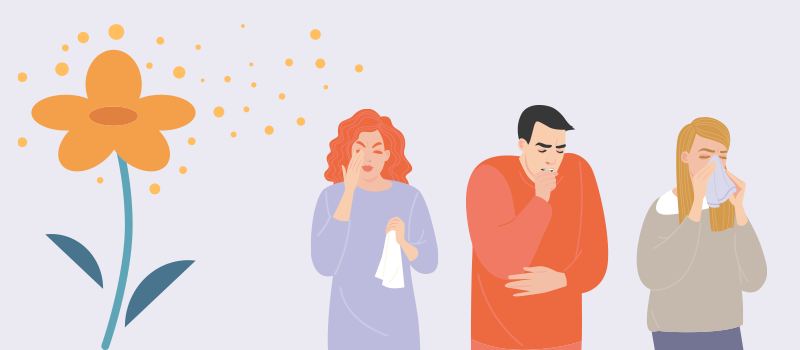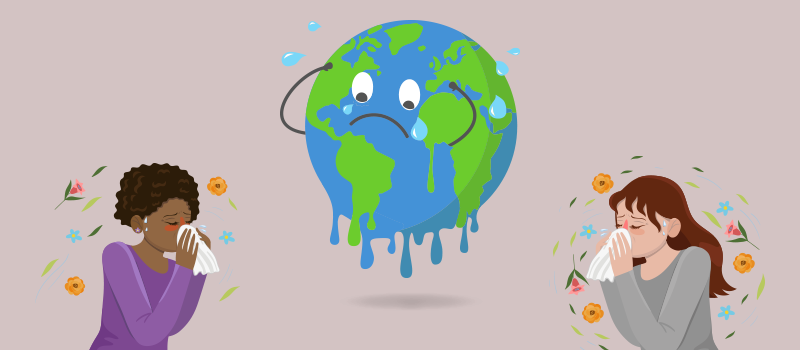What’s the Buzz
The Bee Healthy Blog
Peanut Allergy Symptoms & Treatments for Children

Peanut allergy is a common food allergy in children. Approximately 1 in 50 children in the US have peanut allergies. If a child with a peanut allergy consumes peanuts or peanut-containing foods, they can develop a severe reaction within minutes to hours. A life-threatening allergic reaction to peanuts requires emergency medical care.
Please continue reading to learn about the symptoms of a peanut allergy and treatment options for children who are allergic to peanuts.
What causes food allergies like a peanut allergy?
A peanut allergy occurs when the immune system mistakenly identifies peanut proteins as harmful substances. In people with peanut allergies, eating peanuts leads to the release of a chemical called histamine, which cause symptoms of allergic reactions.
Risk factors for developing peanut allergy include:
- Age (food allergies are more common in children)
- Other food allergies, such as an egg allergy, shellfish allergy, or tree nut allergy
- Allergic reactions such as hay fever or atopic dermatitis (severe eczema)
- People in the same family with a history of allergies, especially food allergies
- Recurrence of a past allergy to peanuts
What are the signs and symptoms of a severe allergic reaction to peanuts?
Common peanut allergy signs and symptoms include:
- Rash, hives (red, blotchy, raised welts), itchy skin
- Sneezing, itching, runny nose, and nasal congestion
- Watering, redness, and itching of the eyes
- Coughing, wheezing, shortness of breath, trouble breathing
- Swelling of the lips, tongue, or throat
- Closing of airways, throat tightening, and difficulty breathing
- Nausea, vomiting, diarrhea, abdominal pain, stomach cramps
- Drop in blood pressure
- Changes in mood or behavior
The presence of two or more of the above signs and symptoms may indicate anaphylaxis, which is a severe and potentially life-threatening reaction. It can happen within seconds to minutes of exposure to peanuts in someone with a peanut allergy. Call 911 and get emergency medical attention if you suspect your child is having a severe reaction to peanut protein.
How is a peanut allergy diagnosed?
Your child’s doctor will obtain a detailed medical history to diagnose a food allergy. They may ask you to maintain a food journal if you are not sure what food(s) are causing an allergic reaction. Your child may be referred to an allergy doctor who can help identify a food allergen. Peanut allergy testing may include:
Skin test
A skin prick test involves injecting a very small amount of peanut protein under the skin of the forearm with a gentle needle prick. The formation of a hive (red bump) at the site is indicative of a peanut allergy.
Blood test
A blood test can measure IgE antibodies in the blood that are formed in response to allergic reactions.
Oral food challenge
Food challenges involve giving a child increasing amounts of peanuts or peanut-containing foods in a controlled clinical environment to check for reactions.
How do you treat peanut allergy in children?
If your child is diagnosed with a peanut allergy, you will need to avoid giving them peanuts and peanut-containing foods. Your child’s doctor will help you learn to read food labels and identify peanut-containing foods, such as baked goods containing highly-refined peanut oil. They will also give you tips on food preparation to avoid inadvertently exposing your child to peanut-containing ingredients that can cause an allergic response.
Even if you are very careful, your child may accidentally ingest peanut protein at some point. In such situations, treatment consists of giving antihistamines. An over-the-counter antihistamine such as diphenhydramine (Benadryl) can provide relief from mild allergic symptoms. Your child’s healthcare provider may give prescription-strength antihistamines for more severe symptoms. Corticosteroids are sometimes used to treat an allergic reaction.
If your child develops an allergic reaction involving more than one body system, for example, the skin and lungs, then the doctor may recommend using epinephrine. This emergency medication is available as an intramuscular auto-injector, for example, Epi-Pen.
Oral immunotherapy for peanut allergy consists of giving increasing doses of peanut flour to young children. This helps desensitize them to peanut protein while their immune system is still maturing.
What is the immediate treatment for a peanut allergy?
The immediate treatment for a peanut allergy is epinephrine. If your child is allergic to peanuts, you should always have two auto-injectors of epinephrine available (in case one doesn’t work or your child needs a second dose).
What to do if your child has an allergic reaction to peanut butter?
It can be overwhelming and worrisome if your child has an allergy to peanuts and peanut products. However, it is worth remembering that peanut allergy is one of the most common food allergies. Many children outgrow a peanut allergy as they get older and their digestive system matures. Therefore, if peanuts cause an allergic reaction in your child, this may not always be the case.
If your child has a peanut allergy, reading food allergen labeling carefully is the best way to avoid peanuts and the serious symptoms of a peanut allergy. If children with peanut allergies accidentally ingest peanut protein, treatments are available to control the symptoms. However, it is important to recognize the symptoms of a peanut allergy and ensure your child is treated immediately.
When should I take my child to the ER for peanut allergy?
If your child develops tightening of the throat, shortness of breath, or difficulty breathing, this might indicate anaphylaxis, which is a life-threatening reaction. Give your child epinephrine and call 911 or take your child to the ER immediately if this happens. Also, seek immediate medical attention if your child develops a sudden drop in blood pressure. Signs and symptoms of low blood pressure include dizziness, weakness, drowsiness, blurred vision, confusion, and fainting.
References:
- https://www.chop.edu/conditions-diseases/peanut-allergies
- https://www.mayoclinic.org/diseases-conditions/peanut-allergy/symptoms-causes/syc-20376175
- https://kidshealth.org/en/parents/allergic-reaction-sheet.html
- https://www.nih.gov/news-events/nih-research-matters/oral-immunotherapy-peanut-allergy-young-children#












SOCIAL